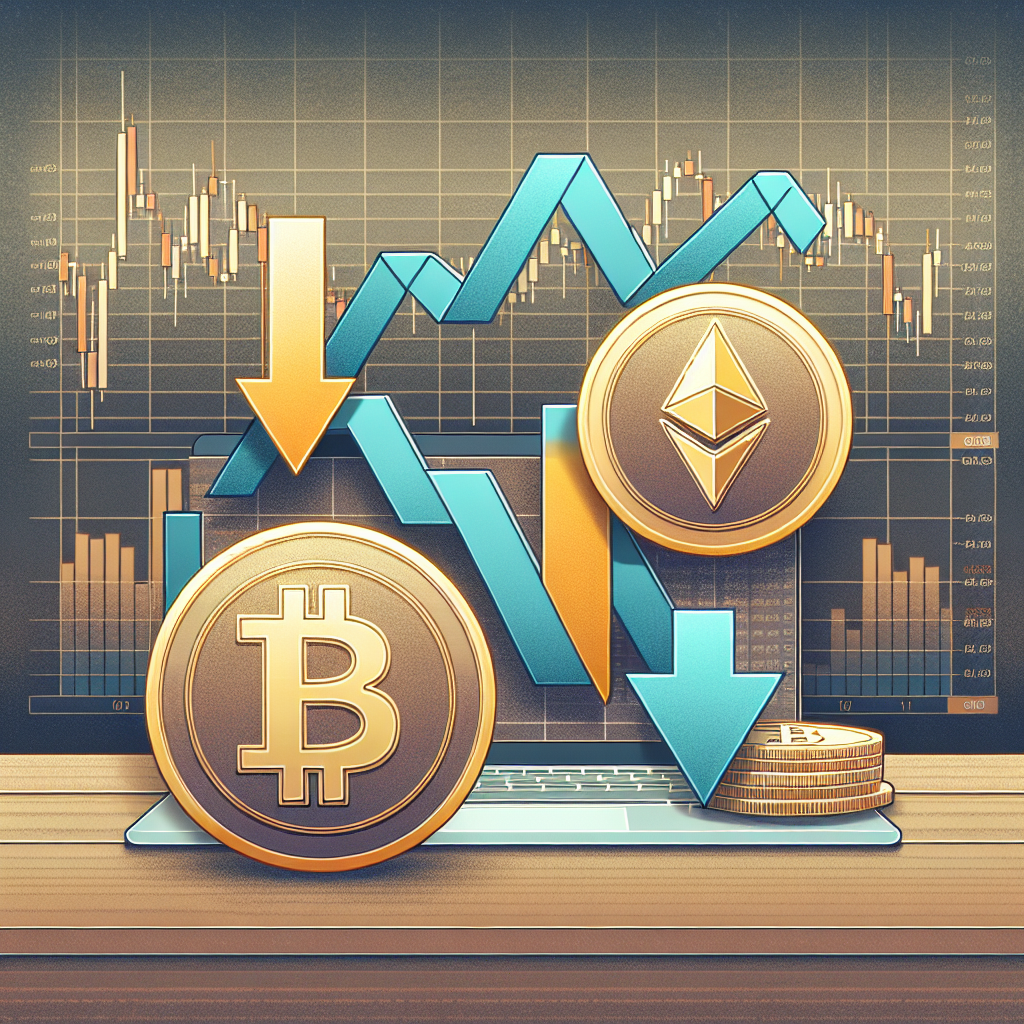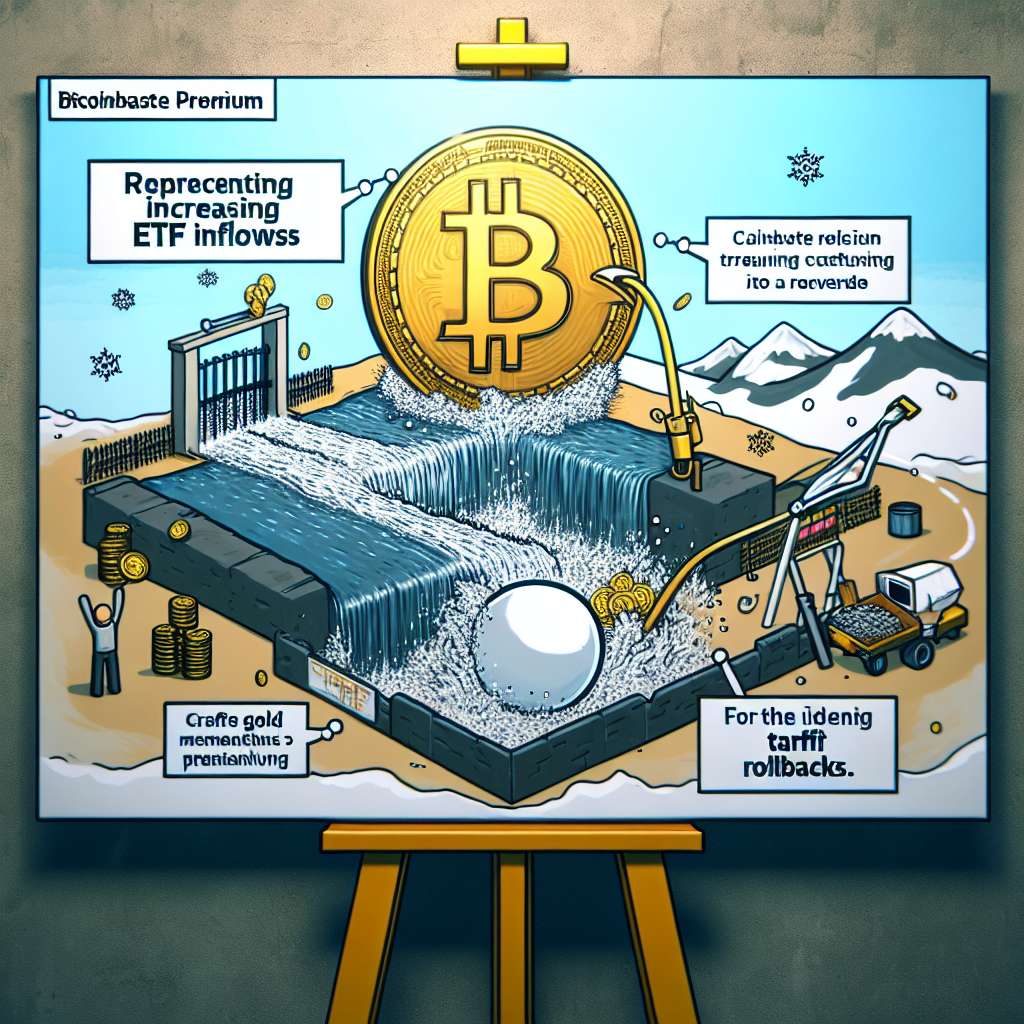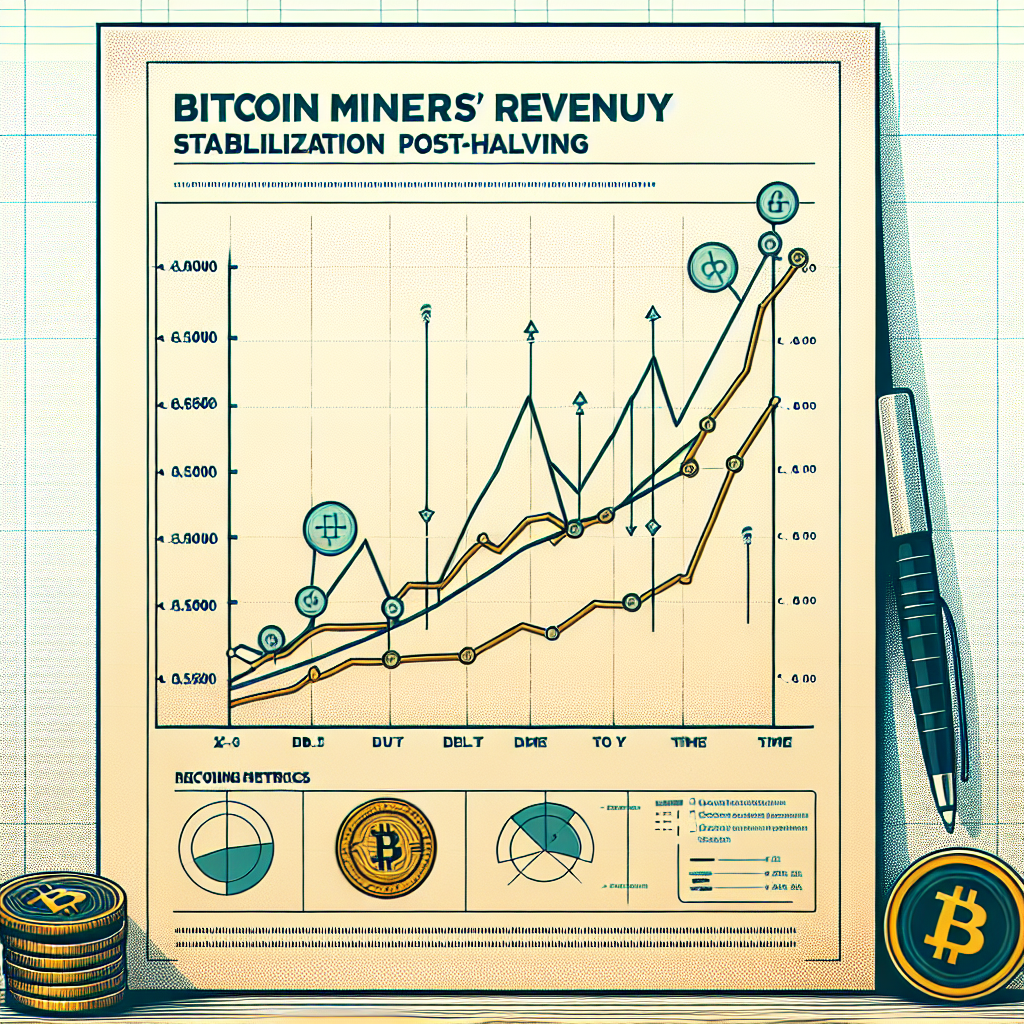
Global Markets React to Economic Policy Changes Announced on April 6, 2025
On April 6, 2025, global markets experienced significant volatility following a series of economic policy announcements from major economies around the world. Investors reacted swiftly to policy shifts, reflecting uncertainty and cautious optimism in equal measure. The day’s developments underscored the interconnectedness of global financial systems and highlighted the sensitivity of markets to governmental decisions.
In the United States, the Federal Reserve announced adjustments to interest rates, signaling a more aggressive stance against inflationary pressures. This decision, aimed at stabilizing prices and curbing inflation, prompted immediate reactions from investors. Stock markets initially dipped as traders assessed the potential impact of higher borrowing costs on corporate profits and consumer spending. However, as analysts began to interpret the move as a necessary step toward long-term economic stability, markets gradually recovered, closing the day with modest gains.
Meanwhile, across the Atlantic, the European Central Bank (ECB) unveiled a contrasting approach, opting to maintain its current monetary policy stance. ECB officials emphasized the need for continued economic stimulus to support recovery efforts in the Eurozone, particularly in regions still grappling with sluggish growth and high unemployment rates. Investors responded positively to the ECB’s cautious approach, with European stock indices experiencing moderate gains. Nevertheless, currency markets reflected uncertainty, as the euro weakened slightly against the dollar, highlighting investor concerns about divergent monetary policies between the U.S. and Europe.
In Asia, markets reacted strongly to China’s announcement of new fiscal stimulus measures designed to boost domestic consumption and infrastructure investment. The Chinese government’s decision to inject additional funds into key sectors was welcomed by investors, who viewed the move as a proactive step toward sustaining economic growth amid global uncertainties. Asian stock markets rallied in response, with major indices in Shanghai, Tokyo, and Hong Kong closing significantly higher. Analysts noted that China’s policy shift could have positive spillover effects on regional economies, potentially offsetting some of the negative impacts of tighter monetary policies elsewhere.
Emerging markets, however, faced mixed reactions to the day’s policy announcements. Countries heavily reliant on external financing and trade expressed concerns over the potential implications of higher U.S. interest rates, fearing capital outflows and increased borrowing costs. Conversely, commodity-exporting nations benefited from rising commodity prices driven by expectations of increased infrastructure spending in China. This divergence underscored the complexity of global economic dynamics and the varying degrees of vulnerability among emerging economies.
Throughout the day, bond markets also exhibited heightened volatility, reflecting investor uncertainty regarding future economic conditions. Yields on U.S. Treasury bonds rose sharply following the Federal Reserve’s announcement, indicating expectations of higher interest rates in the near term. Conversely, European bond yields remained relatively stable, reflecting investor confidence in the ECB’s commitment to maintaining accommodative monetary policies.
Overall, the global market reactions on April 6, 2025, highlighted the delicate balance policymakers must strike between addressing domestic economic challenges and managing international market expectations. Investors will continue to closely monitor developments in monetary and fiscal policies, as these decisions will undoubtedly shape market sentiment and economic trajectories in the months ahead.
Major Technological Breakthroughs Unveiled in Today’s News: April 6, 2025

Today marked a significant milestone in technological advancement, as several groundbreaking innovations were unveiled, promising to reshape industries and enhance daily life. Among the most notable announcements was the introduction of a revolutionary quantum computing system, capable of performing complex calculations at unprecedented speeds. Researchers from a leading technology institute demonstrated the system’s ability to solve intricate computational problems in mere seconds, tasks that previously required hours or even days. This breakthrough is expected to accelerate advancements in fields such as pharmaceuticals, artificial intelligence, and climate modeling, potentially leading to rapid progress in drug discovery, predictive analytics, and environmental sustainability.
In addition to quantum computing, today’s news highlighted remarkable progress in renewable energy technology. Scientists revealed a new generation of solar panels that boast significantly higher efficiency rates, capturing sunlight more effectively and converting it into usable electricity at nearly double the efficiency of current models. This advancement could substantially reduce reliance on fossil fuels, paving the way for cleaner, more sustainable energy solutions worldwide. Experts predict that widespread adoption of these advanced solar panels could dramatically lower energy costs and significantly reduce global carbon emissions, contributing positively to international climate goals.
Meanwhile, the transportation sector also witnessed a transformative innovation with the unveiling of an autonomous electric vehicle capable of achieving extended driving ranges on a single charge. Equipped with advanced artificial intelligence and sophisticated sensor technology, this vehicle can navigate complex urban environments safely and efficiently, significantly reducing the risk of accidents and traffic congestion. Industry analysts anticipate that this development will accelerate the transition toward autonomous transportation, reshaping urban mobility and potentially reducing the environmental impact associated with traditional vehicles.
Furthermore, today’s technological breakthroughs extended into the healthcare sector, where researchers introduced a cutting-edge medical diagnostic tool powered by artificial intelligence. This innovative device can rapidly analyze medical imaging data, accurately identifying early-stage diseases with remarkable precision. By enabling earlier detection and intervention, this technology promises to improve patient outcomes significantly, reduce healthcare costs, and alleviate pressure on medical professionals. Healthcare providers have expressed optimism about the potential of this diagnostic tool to revolutionize patient care and streamline medical processes.
In the realm of communication technology, a major telecommunications company announced the successful deployment of a next-generation satellite network designed to provide high-speed internet connectivity to remote and underserved regions globally. Utilizing advanced satellite technology, this network aims to bridge the digital divide, offering reliable internet access to millions of people who previously lacked connectivity. This development is expected to foster greater economic opportunities, enhance educational access, and improve overall quality of life in remote communities around the world.
Collectively, these technological advancements unveiled today represent significant strides forward across multiple sectors, underscoring humanity’s ongoing commitment to innovation and progress. As these technologies continue to mature and become integrated into everyday life, they hold the potential to address some of society’s most pressing challenges, from environmental sustainability and healthcare accessibility to global connectivity and transportation efficiency. Today’s announcements serve as a powerful reminder of the transformative potential of technology, highlighting the importance of continued investment in research and development to drive future progress.
Key Highlights from International Politics and Diplomacy on April 6, 2025
On April 6, 2025, international politics and diplomacy witnessed several significant developments, reflecting ongoing geopolitical shifts and diplomatic engagements across the globe. Foremost among these was the conclusion of a high-level summit between the United States and China, held in Geneva, Switzerland. The summit, attended by senior diplomats and trade representatives from both nations, aimed to address escalating tensions surrounding trade imbalances, technological competition, and regional security concerns. Following extensive negotiations, both sides issued a joint statement emphasizing their commitment to dialogue and cooperation, particularly in areas of mutual interest such as climate change mitigation and global economic stability. Although substantial differences remain unresolved, analysts have cautiously welcomed the summit as a positive step toward reducing bilateral tensions and fostering constructive engagement.
Meanwhile, in Europe, diplomatic efforts intensified as the European Union convened an emergency meeting in Brussels to address the ongoing humanitarian crisis resulting from increased migration flows from conflict-affected regions. Member states debated strategies to enhance border security while simultaneously upholding humanitarian obligations. After lengthy deliberations, EU leaders agreed to allocate additional funding for refugee assistance programs and to strengthen cooperation with neighboring countries to manage migration more effectively. This decision underscores the EU’s continued commitment to balancing security concerns with humanitarian responsibilities, reflecting a unified approach to a complex and sensitive issue.
In the Middle East, diplomatic channels remained active as representatives from Saudi Arabia and Iran met in Muscat, Oman, to continue discussions aimed at normalizing bilateral relations. Facilitated by Omani mediators, the talks focused on reducing regional tensions, particularly in Yemen and Syria, where both nations have historically supported opposing factions. Although no formal agreements were announced, both sides expressed cautious optimism regarding the potential for improved diplomatic ties. Observers noted that sustained dialogue between these regional powers could significantly contribute to stability and peace in the broader Middle East region.
Elsewhere, diplomatic tensions escalated between Russia and NATO following the announcement of joint military exercises scheduled to take place in Eastern Europe later this month. Russia criticized the planned exercises as provocative and destabilizing, warning that such actions could undermine regional security. NATO officials, however, defended the exercises as routine and defensive in nature, emphasizing their commitment to collective security and deterrence. This exchange highlights ongoing tensions between Russia and Western nations, underscoring the persistent challenges facing diplomatic efforts aimed at reducing mistrust and promoting regional stability.
In Africa, diplomatic engagement took center stage as leaders from several African nations gathered in Addis Ababa, Ethiopia, for discussions on regional economic integration and conflict resolution. The African Union summit emphasized the importance of strengthening intra-African trade and investment, as well as addressing ongoing conflicts in regions such as the Sahel and the Horn of Africa. Leaders reaffirmed their commitment to collaborative efforts aimed at promoting peace, security, and sustainable development across the continent.
Collectively, these diplomatic developments on April 6, 2025, illustrate the complexity and interconnectedness of contemporary international politics. While significant challenges remain, the day’s events underscore the importance of sustained diplomatic engagement and dialogue in addressing global issues and fostering international cooperation.




